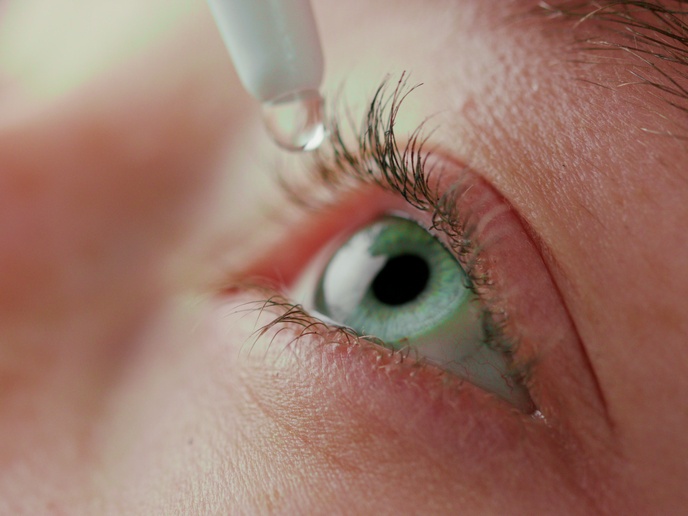Key protein detection
The EU-funded CROSS-SERS (SERS ultrasensitive universal sensing of proteins through cross-reactive sensor arrays) project has made big headway in the development of a protein sensor based on cross-reactive sensor arrays (CRSAs) and surface-enhanced Raman spectroscopy (SERS). So far, the sensor is able to detect, at ultrasensitive levels, metallic cations within environmental and biological fluids. The CROSS-SERS sensor is a collection of hybrid plasmonic beads. Each of these sensing elements is functionalised with an organic ligand coordinated with cations. These surface complexes are designed to interact with the target protein triggering molecular reactions that gives the fingerprint. Project researchers used 4-mercaptopyridine for a sensing platform to differentiate between trace levels of inorganic mercury and methylmercury ions in water. Detection of misfolded proteins relevant to Alzheimer's and other neurodegenerative diseases using a surface complex of 4-methoxybenzyl alcohol and Al3+ was also successful. As an alternative to the indirect SERS sensing of biomolecules via organic chemoreceptors, the researchers used a Raman label and monitored interaction with various target proteins. C-Fos, the protein partner of the oncoprotein c-Jun, was used to detect this c-Jun that is biologically significant in cancer. Although further research is needed for final fabrication of the CRSA device, the project has amassed a potent knowledge base to be applied for a fully functional sensor. Individual sensing including the detection of metal ions in water and the oncoprotein c-Jun in complex media has huge therapeutic impact. Due to application in biotechnology generally, a patent has been applied for the SERS analysis of DNA in its native state. Project research results have been published in a range of high-profile journals. These include J. Am. Chem. Soc., J. Phys. Chem. Lett. and Journal of Optics.







